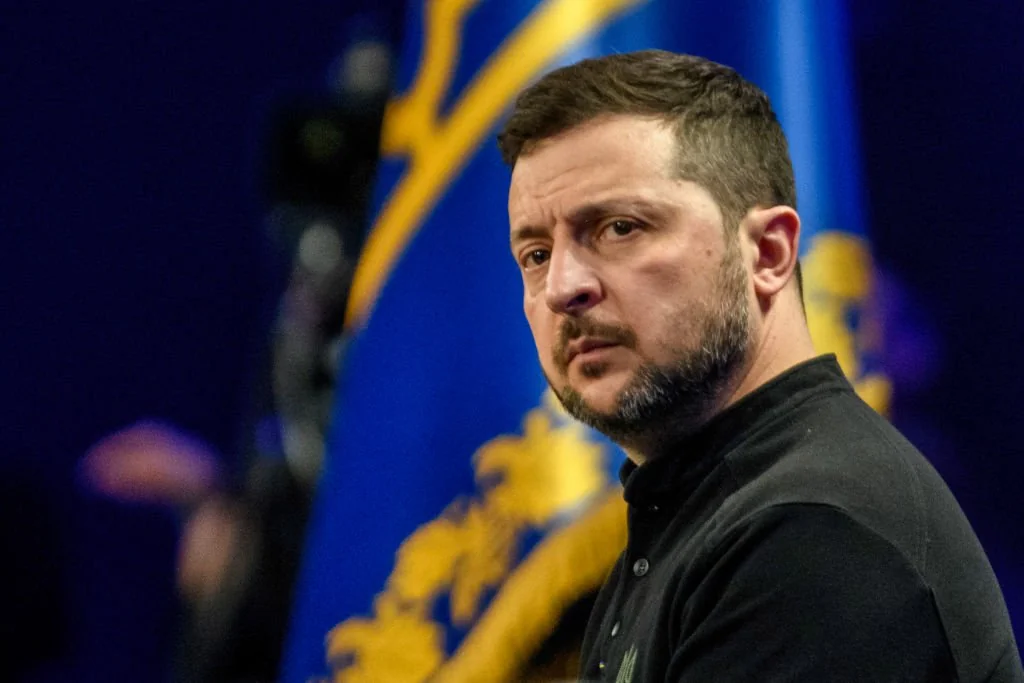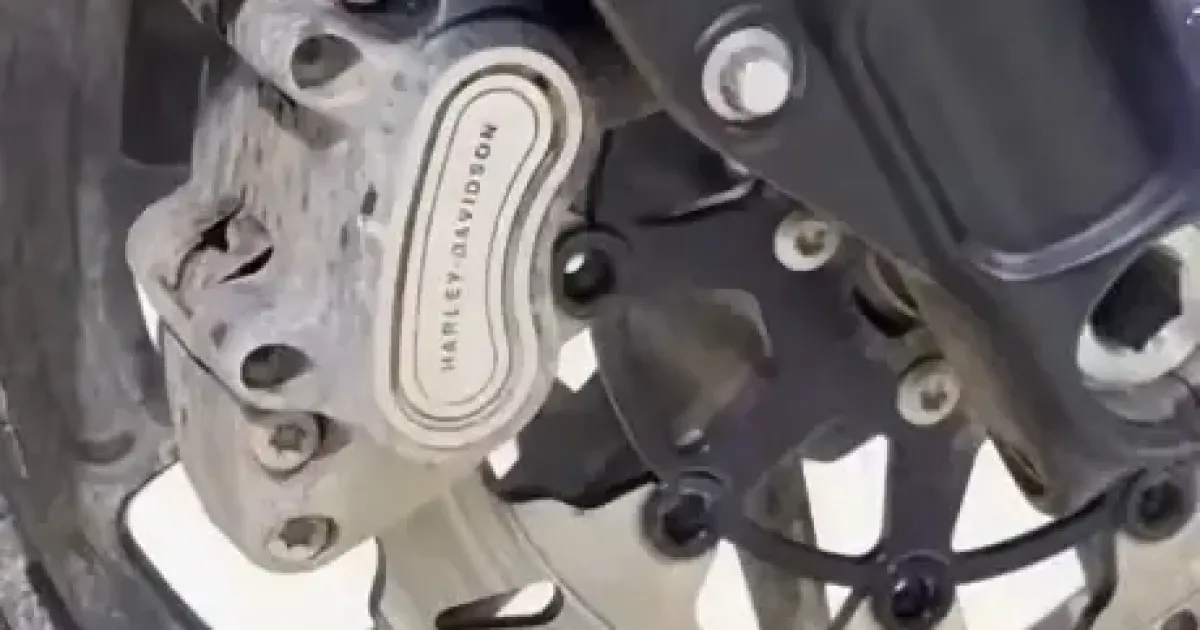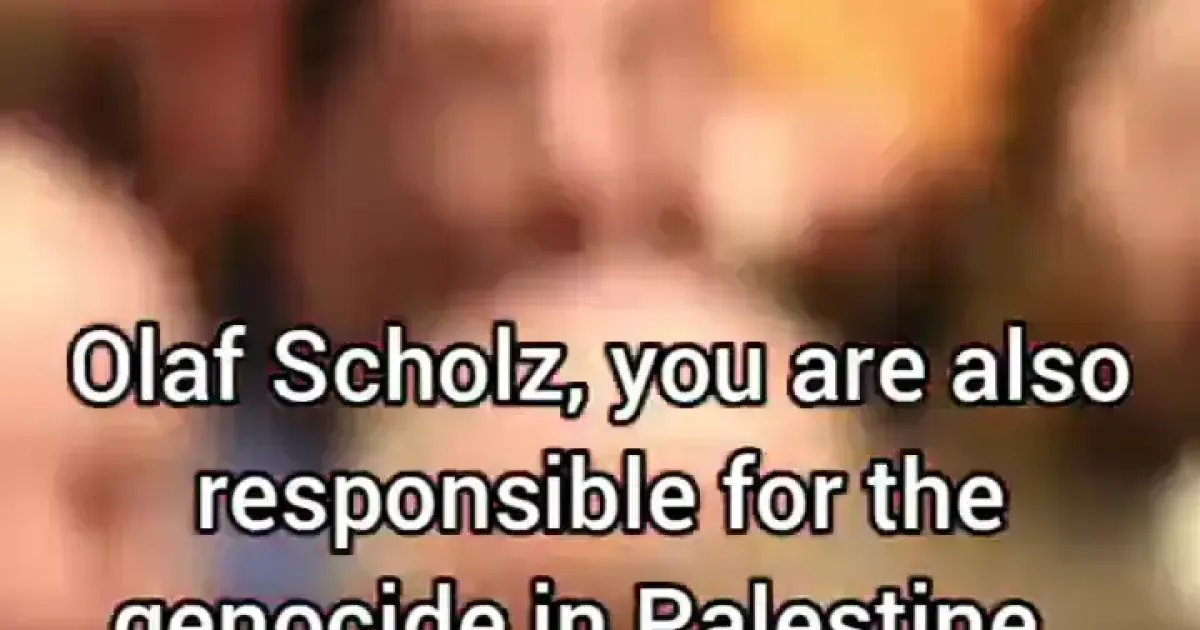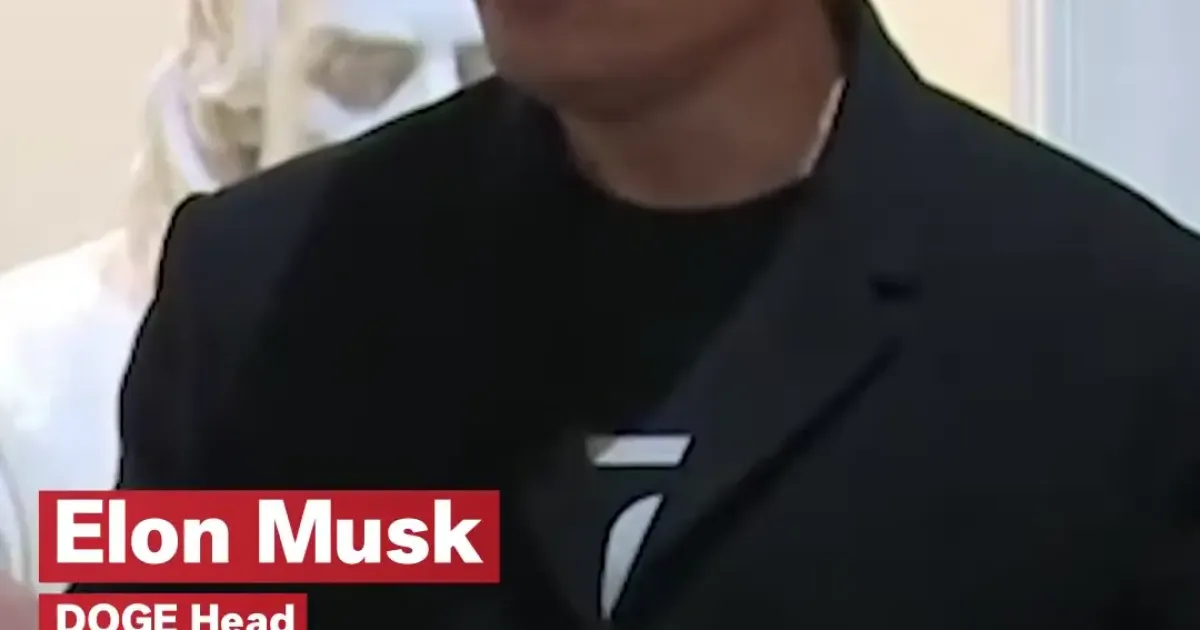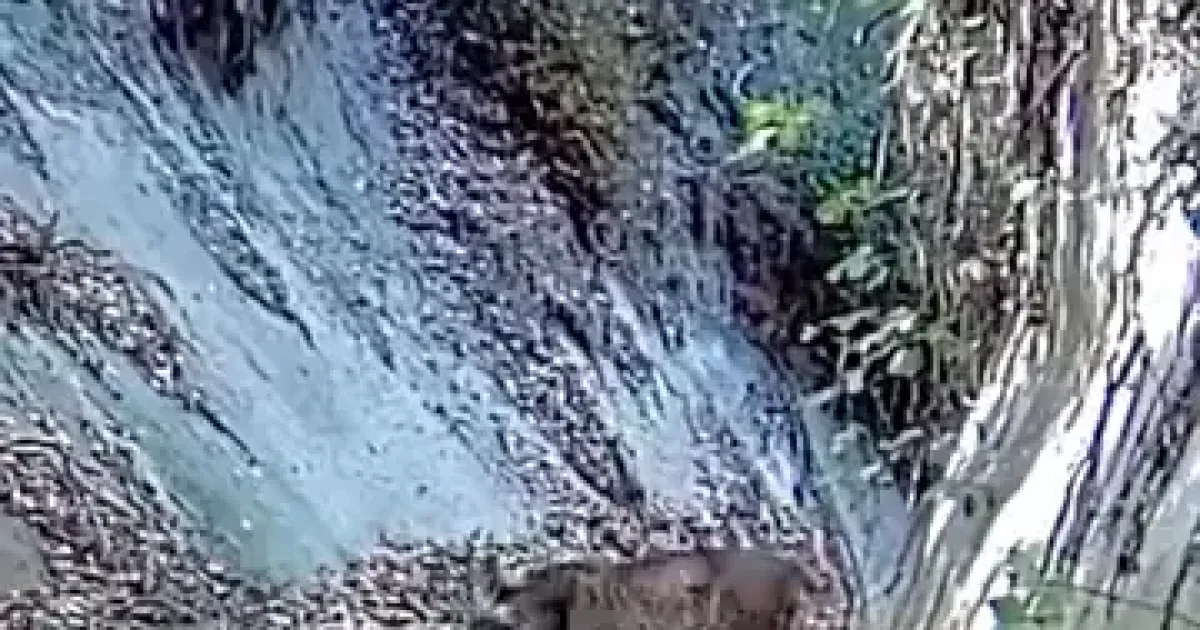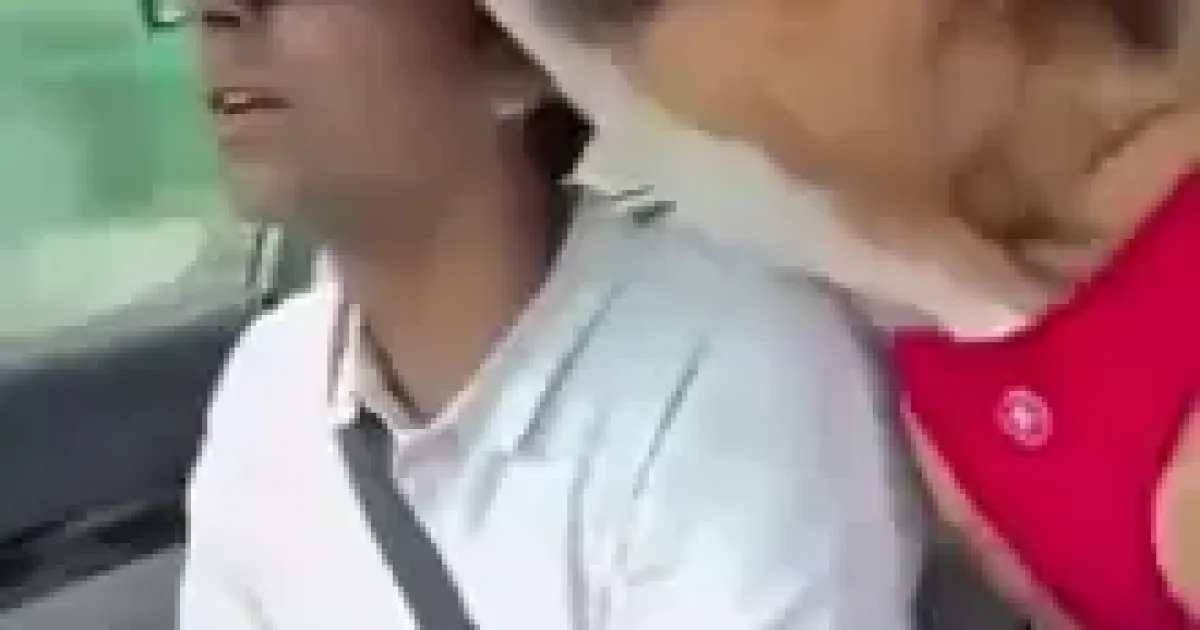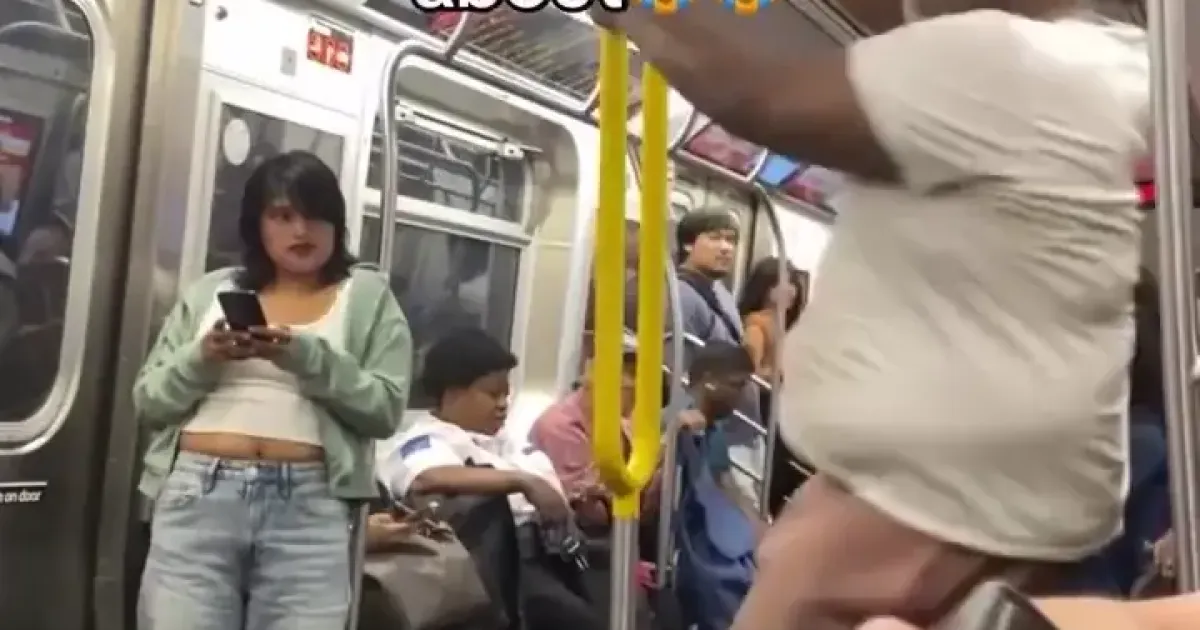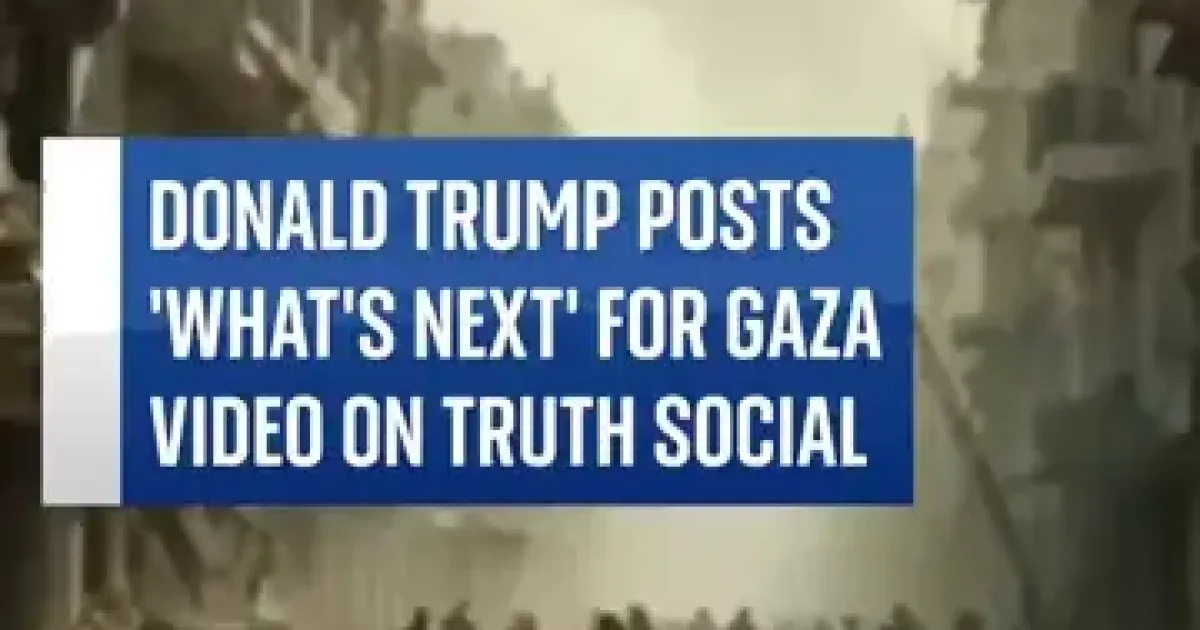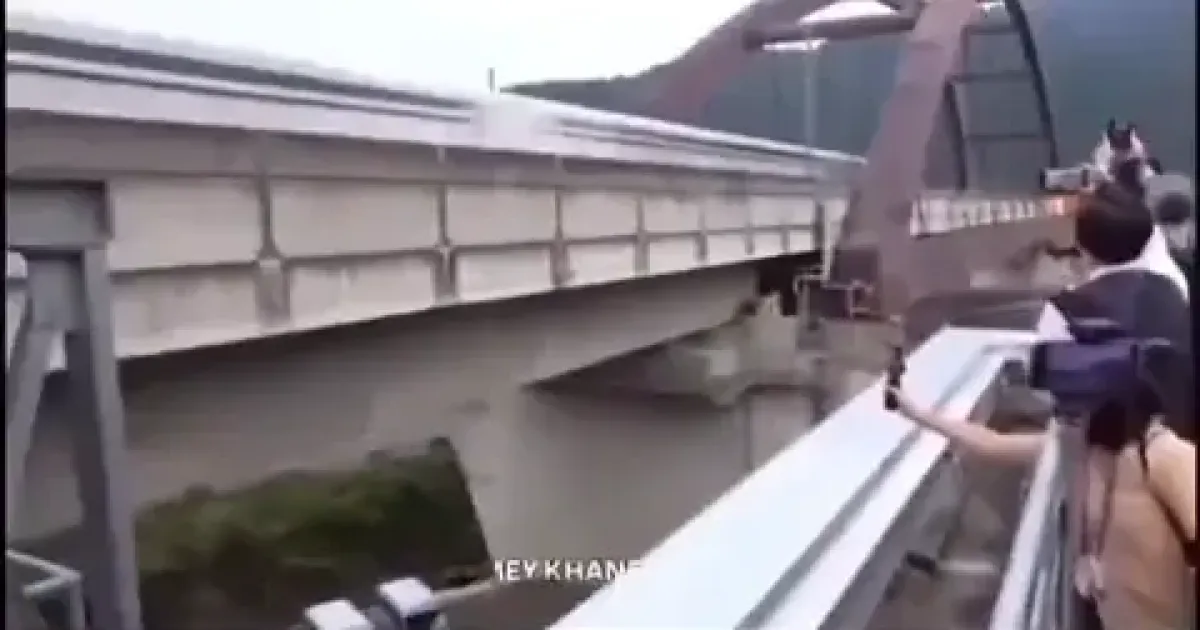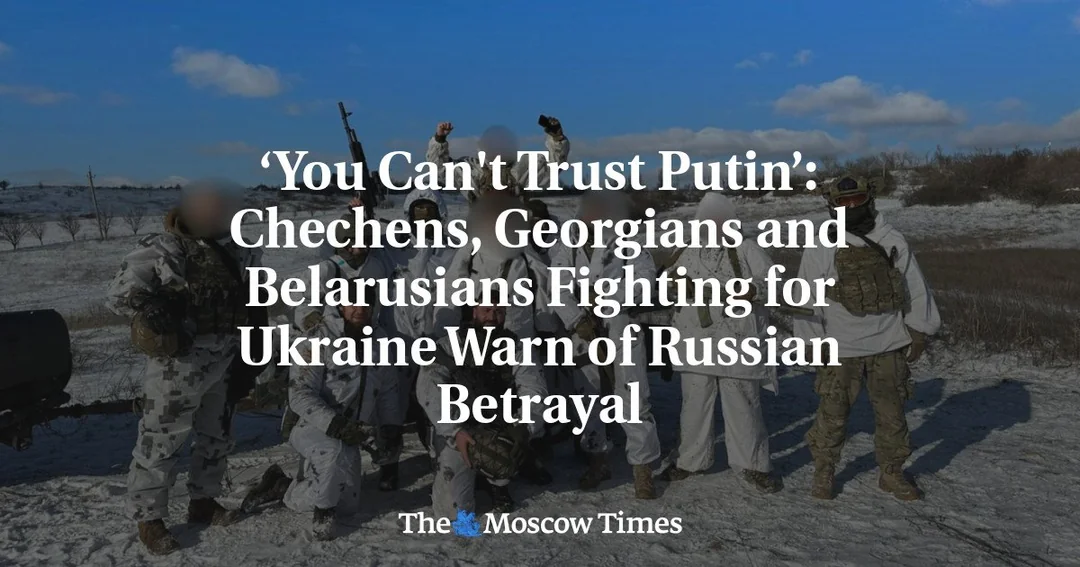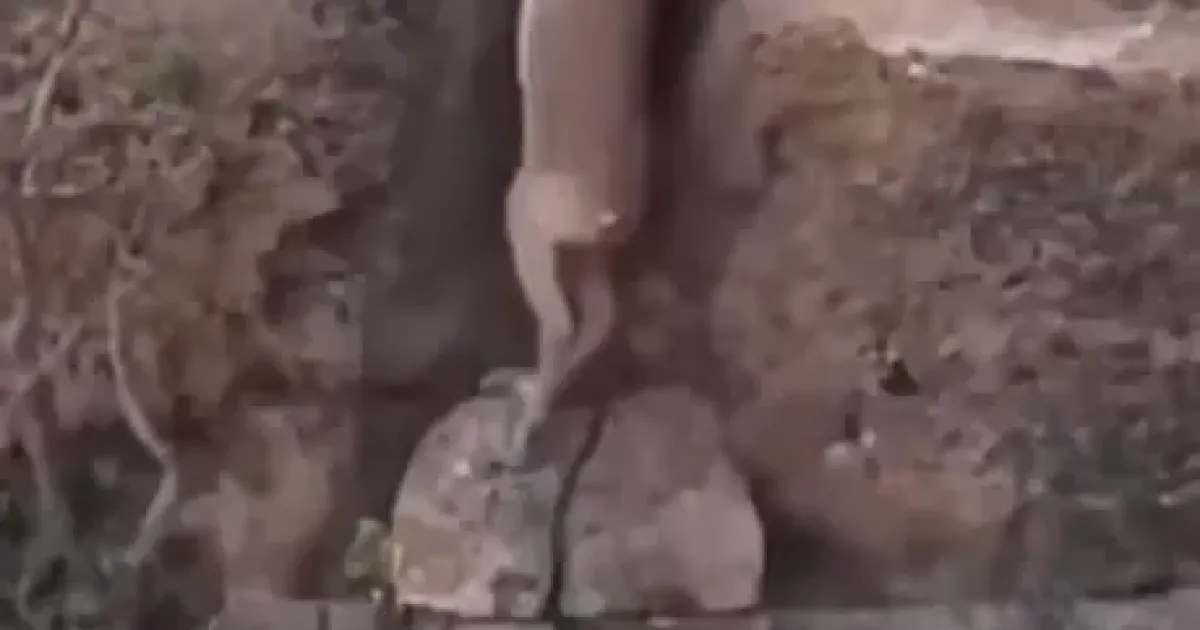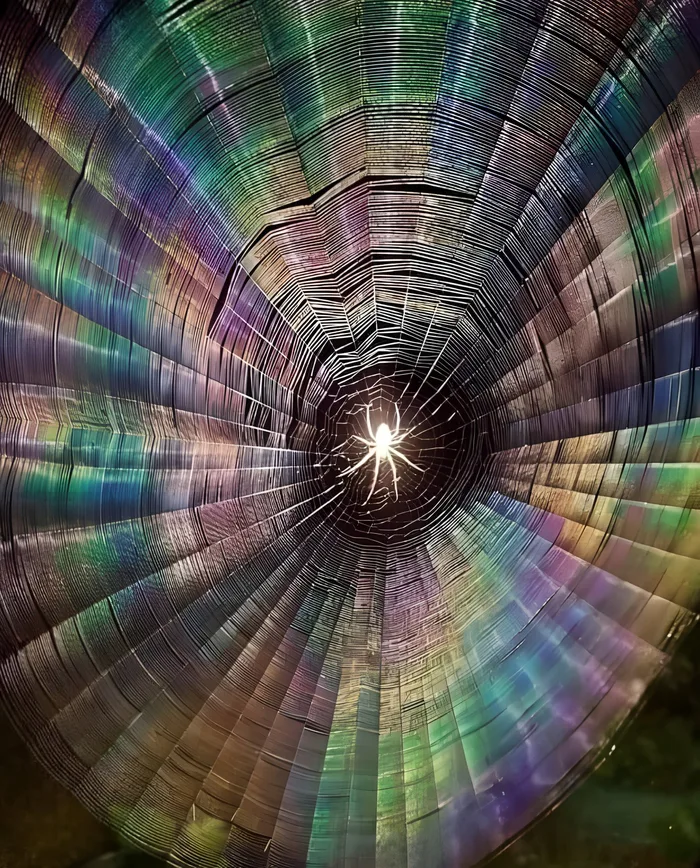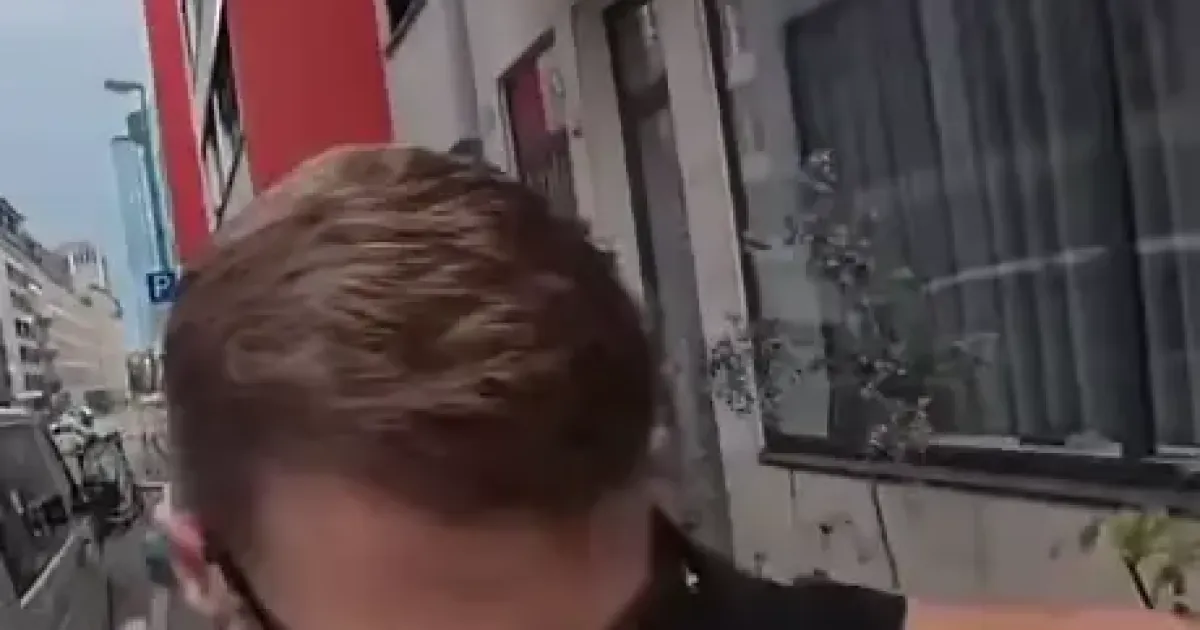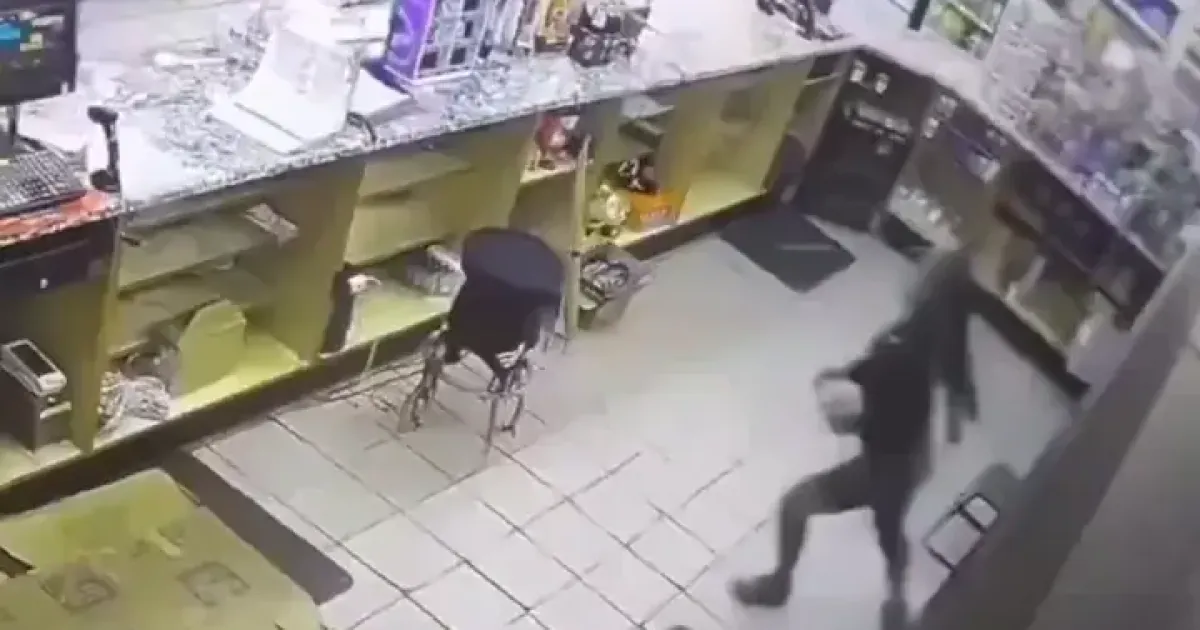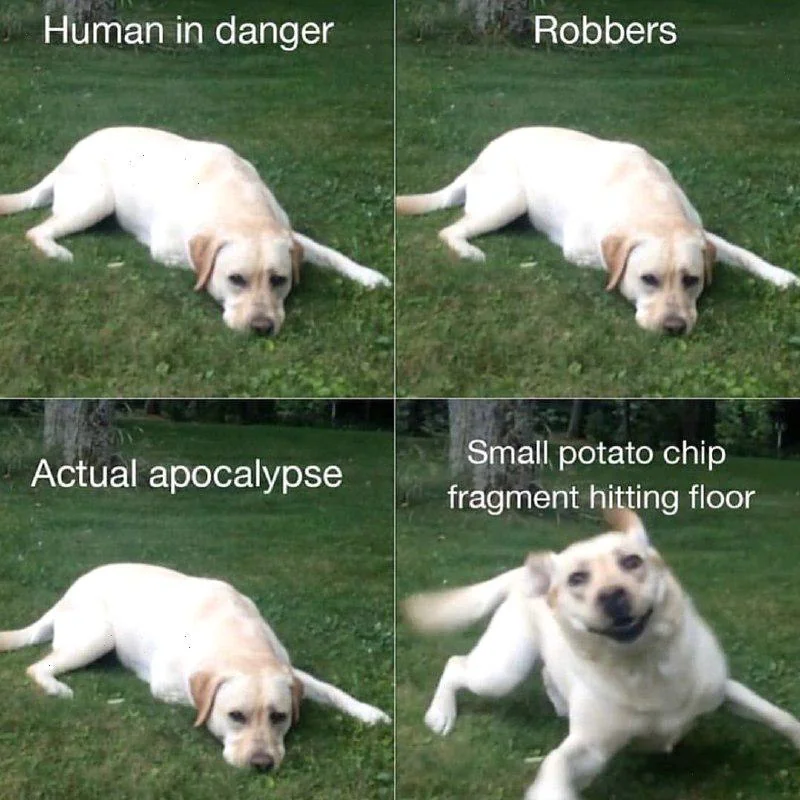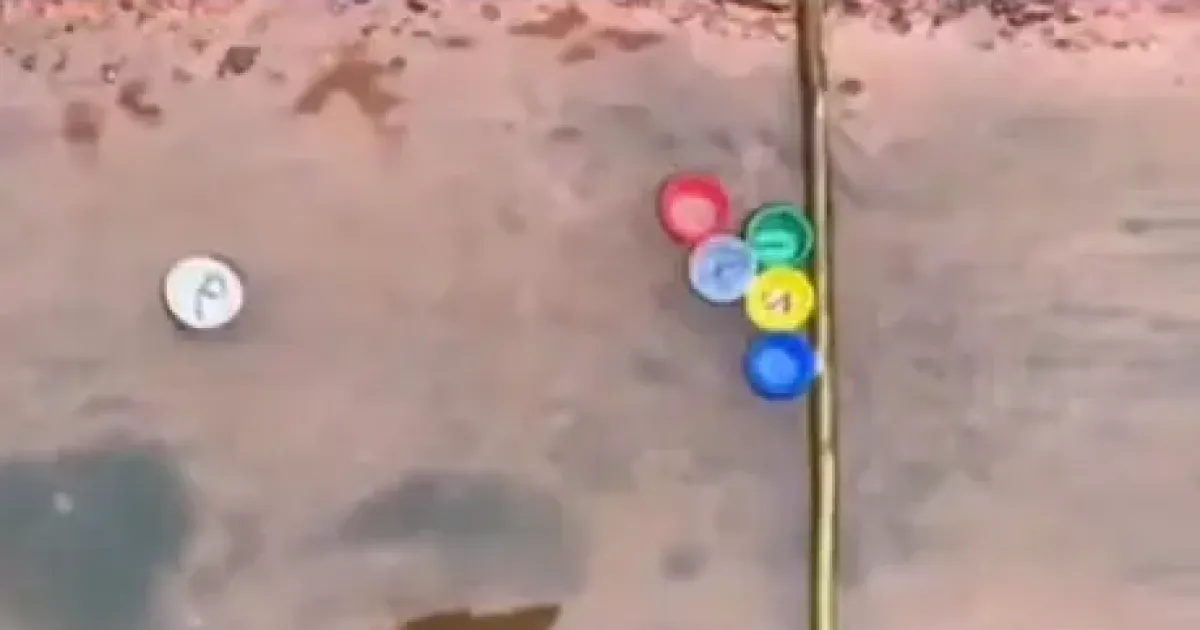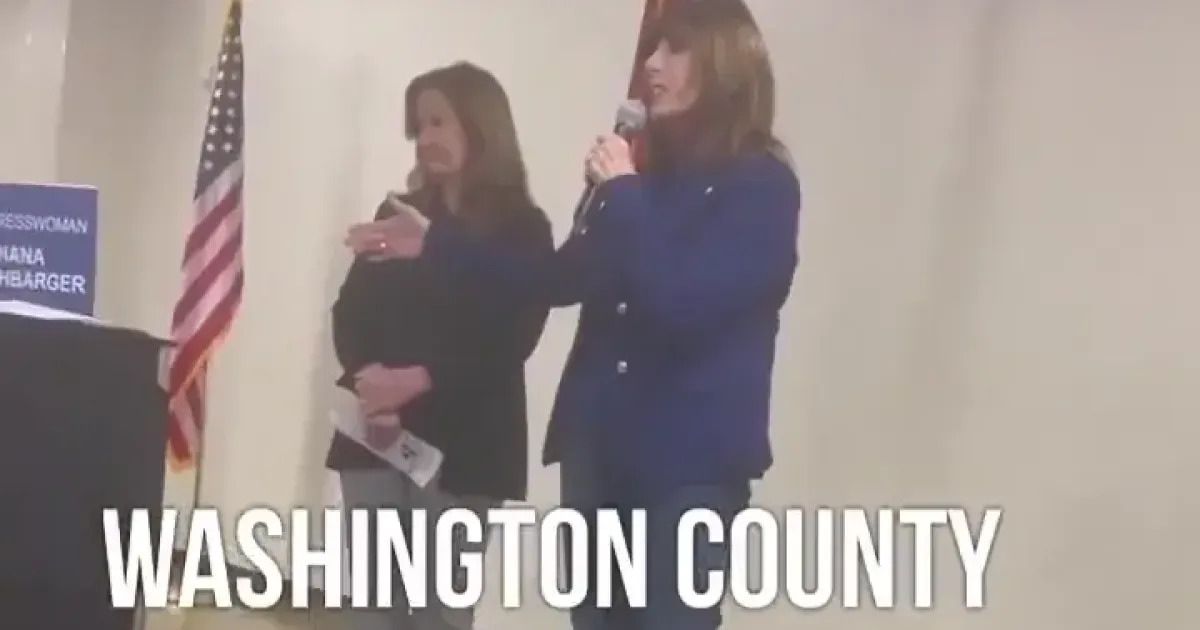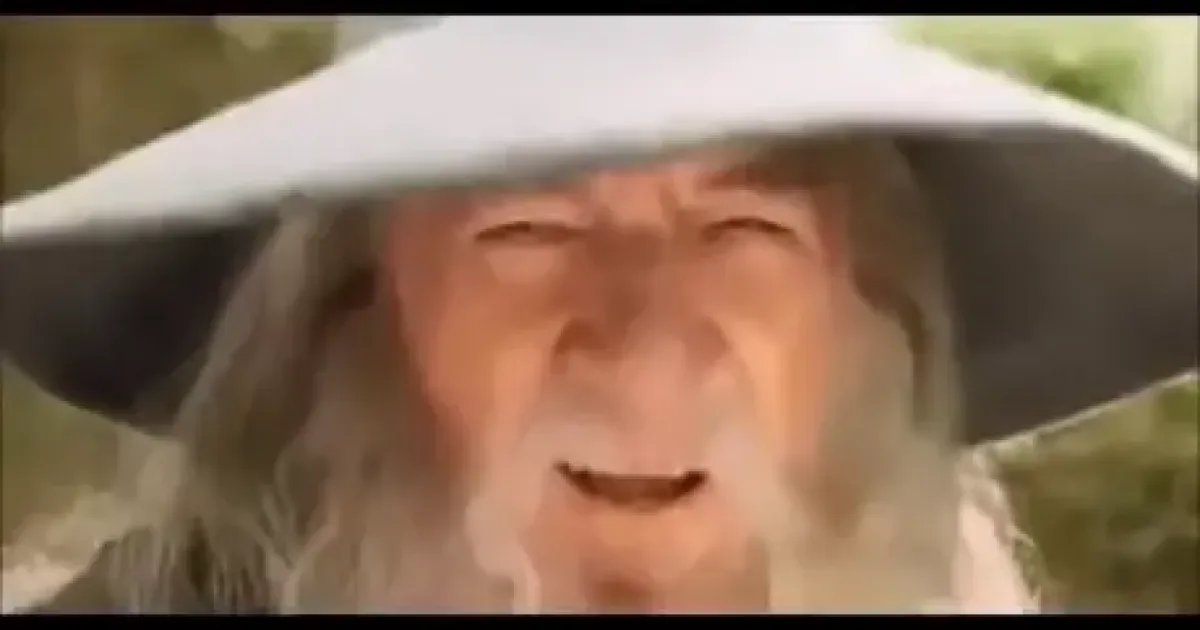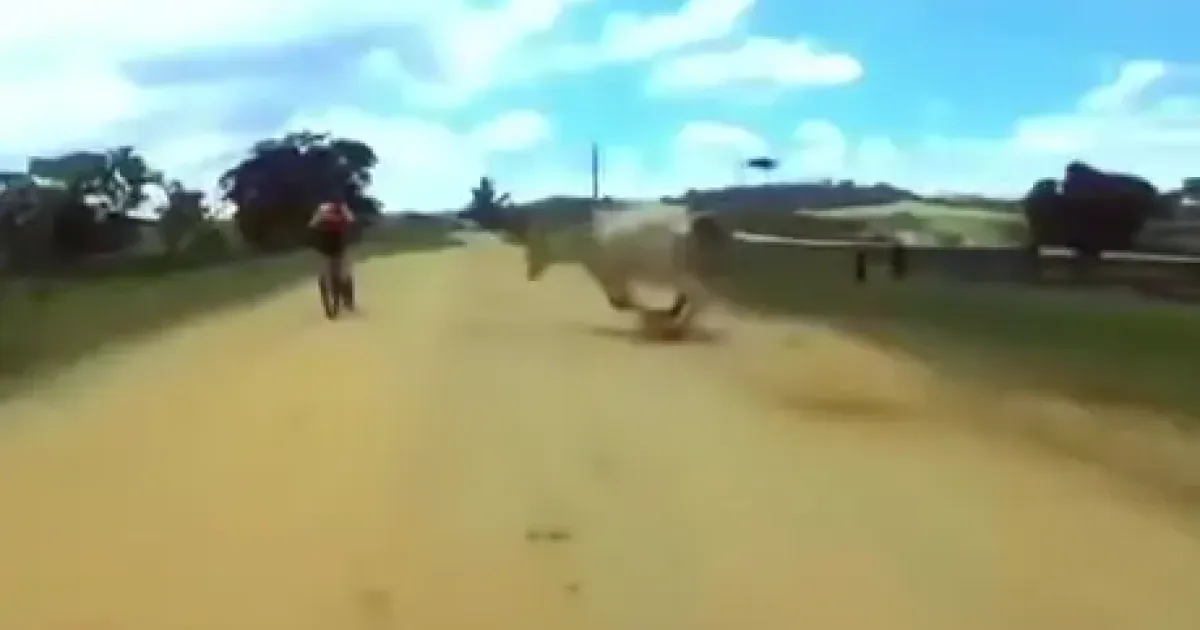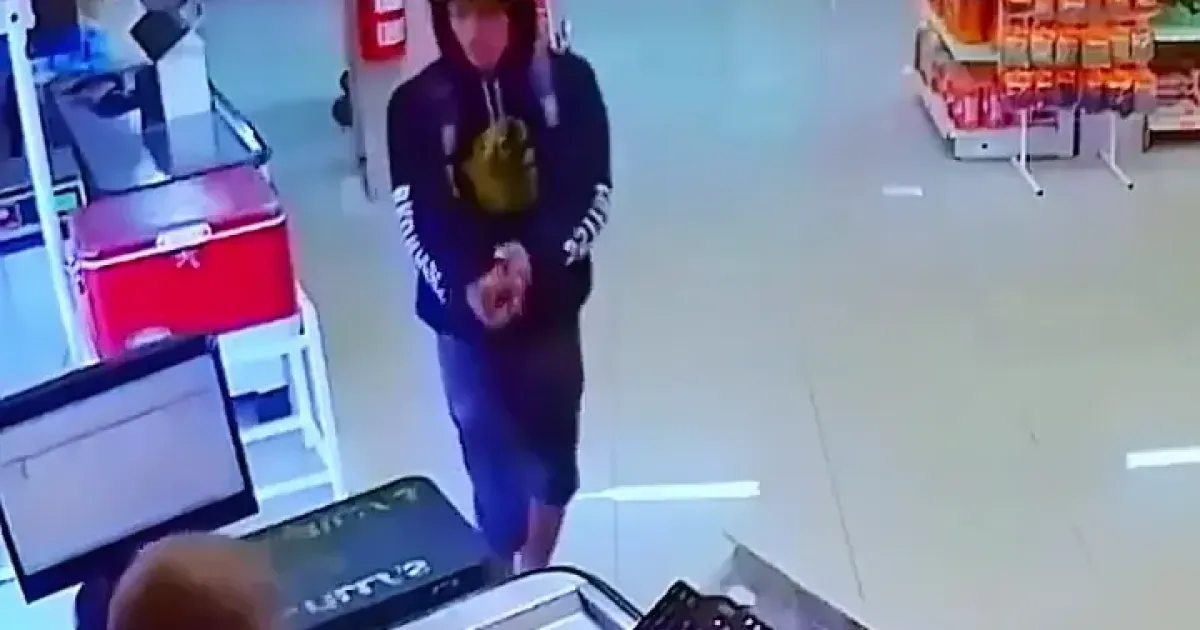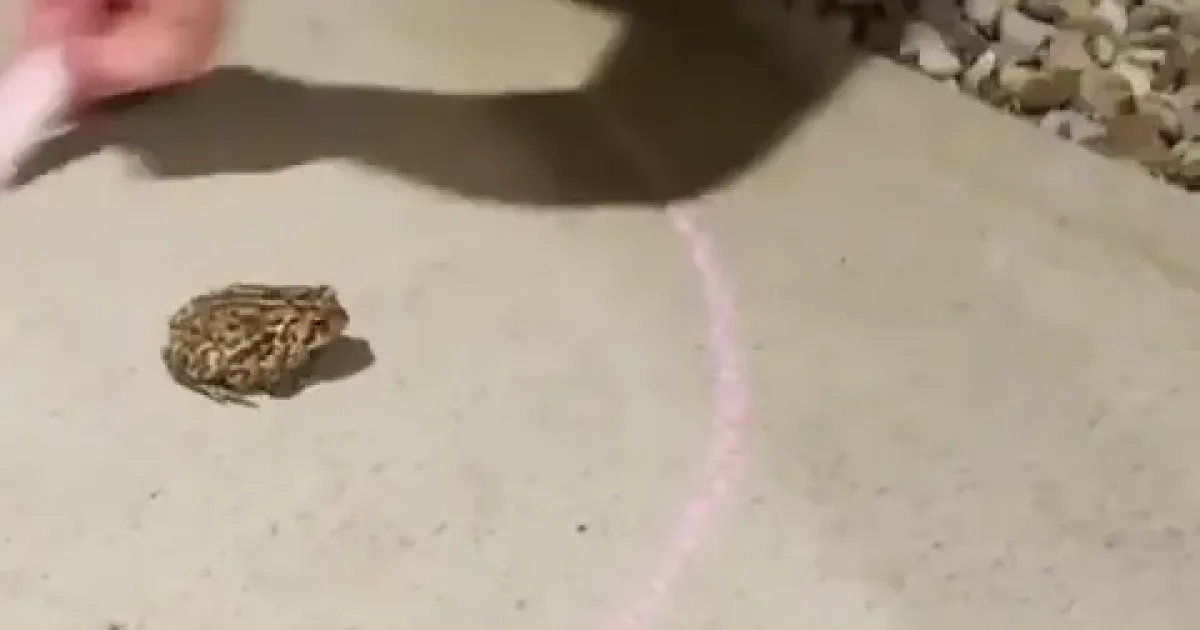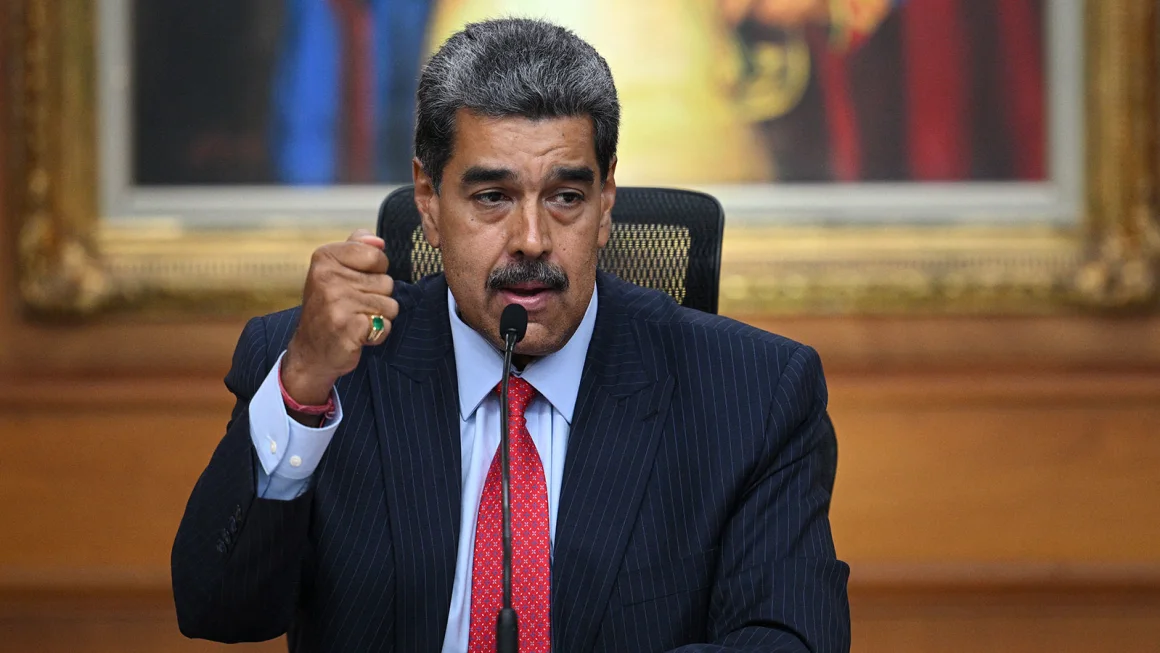
Maduro warns he’ll call for a ‘new revolution’ if forced by ‘North American imperialism’
Venezuela’s President Nicolas Maduro warned Wednesday that he will not hesitate to call on the population for a “new revolution” if forced by what he calls “North American imperialism and fascist criminals.”
Maduro’s comments come amid deadly protests across the country following its disputed presidential election victory, which the US and several other countries have refused to recognize.
“I would not like to go to other ways of making revolution, I say it solemnly from political power, we want to continue the path that [Hugo] Chavez outlined,” Maduro said in Caracas during a press conference with international media.
“But if North American imperialism and fascist criminals force us, my pulse will not tremble to call the people to a new revolution with other characteristics,” he added.
The president’s comments come just hours after US National Security spokesman John Kirby called on Maduro to “come clean” on Sunday’s election.
“Our patience, and that of the international community, is running out on waiting for the Venezuelan electoral authorities to come clean and release the full, detailed data on this election so everyone can see the results,” Kirby told reporters during Wednesday’s White House press briefing.
Kirby said the US and other nations share “serious concerns of the reports of casualties, violence and arrests, including the arrests warrants that Maduro and his representatives issued today (Wednesday) for opposition leaders.”
“Alongside the international community, we are watching, and we are going to respond accordingly,” Kirby said.
20 ‘credible reports’ of deaths
The Venezuelan leader’s comments came as Human Rights Watch (HRW) said it had received 20 “credible reports” of deaths connected to the nationwide protests over the election results.
“We are working to document and corroborate each case,” Juanita Goebertus, HRW Director for the Americas, wrote on X.
Foro Penal, a local NGO, reported on Tuesday that a total of 11 people have died during the protests.
Of those killed, five died in Caracas, two in Zulia and Yaracuy, and one in Aragua and Tachira, the head of Foro Penal, Alfredo Romero, told reporters on Tuesday.
CNN has reached out to Venezuela’s Public Prosecutor for comment.
So far, the Venezuelan government has not published any information regarding the death of civilians.
Read More...
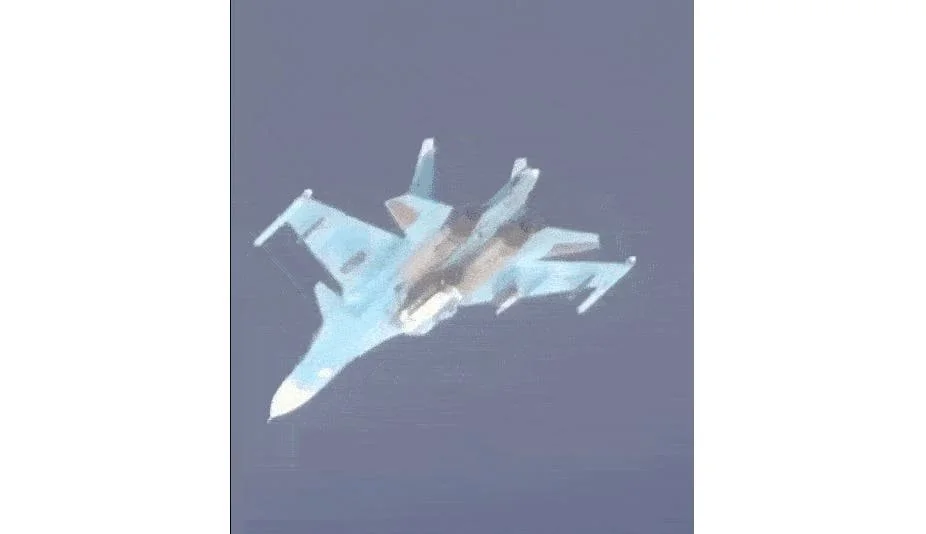
Ukraine Jams Russian Glide Bombs, Forcing Russia to Use Up to 16 Bombs per Target
Ukraine is jamming Russian glide bombs all along the front line, erasing one of Russia’s main battlefield advantages. It now takes up to 16 glide bombs to hit one target.
#Russia #Ukraine #War
Read More...
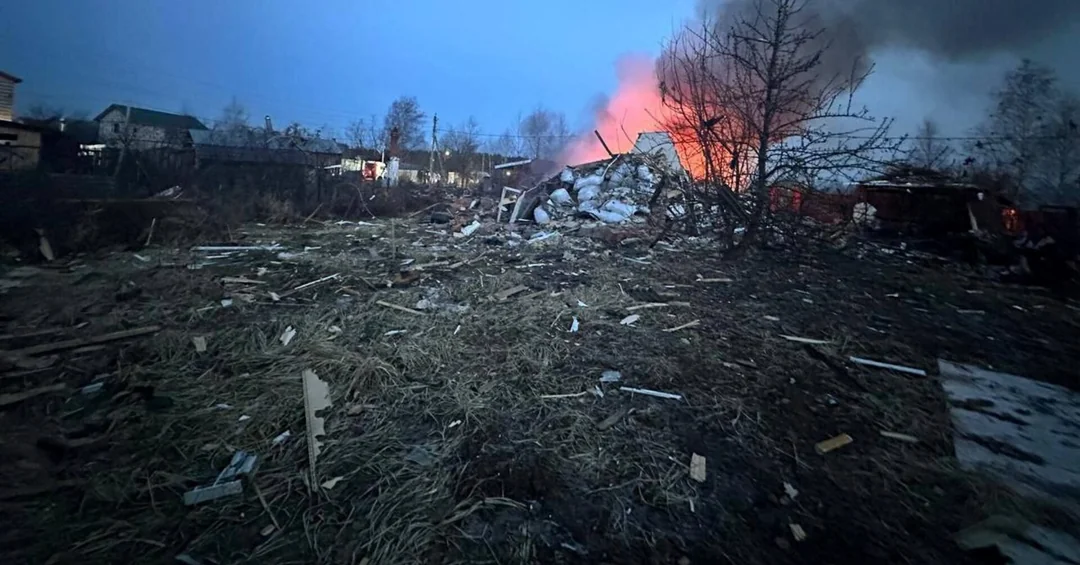
Ukraine's biggest drone attack on Moscow kills one, disrupts air and train transport
MOSCOW, March 11 (Reuters) - Ukraine on Tuesday launched its biggest ever drone attack on Moscow and the surrounding region, killing at least three employees of a meat warehouse, injuring 17 others and causing a short shutdown at the Russian capital's four airports, Russian officials said.
A total of 343 drones were downed over Russia, including 91 over Moscow region and 126 over the western region of Kursk where Ukrainian forces have been pulling back, as well as near the Kursk nuclear power plant, the defence ministry said.
#Russia #Ukraine #War #Reuters #News
Read More...
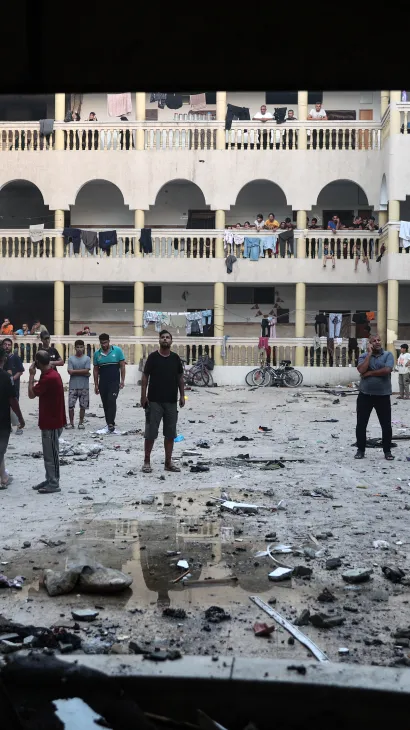
Echoes of a massacre: Tales from Israel's attack on al-Tabin
Al-Tabin School was not the first school in Gaza that Israel has targeted. But medics, journalists and survivors told Al Jazeera that Israel’s August 10 attack on it was the most gruesome massacre since Israel launched its assault on the besieged enclave in October last year.
Israel killed more than 100 displaced Palestinians, leaving victims dismembered, charred and often unidentifiable by their loved ones.
Some 2,400 displaced Palestinians, many exhausted by having been displaced several times, were sheltering in the school in eastern Gaza's Daraj neighbourhood when it was struck by two guided missiles.
The missiles blazed through the upper level, a space that women and children slept and prayed in, to reach the men's prayer area on the ground floor.
Most of the men and boys had woken up to perform the Fajr - or dawn - prayers and were gathered in that space. It was timed for maximum casualties, medics who were there said.
The nearby al-Ahli Arab Hospital - which came under attack months ago and is only partially operational with no burn ward - was overwhelmed as injuries and bodies of slain Palestinians began pouring in.
Throughout the war, Israeli forces have largely kept Gaza’s vital crossings sealed shut, blocking the entry of much-needed fuel, medicine and humanitarian aid to the enclave, where famine is looming.
Al Jazeera spoke to some of the displaced people who survived the attack but lost loved ones, as well as rescue workers and medics who worked in mute horror to save as many people as they could.
Sumaya Abu Ajwa had woken up for the Fajr prayer with her two foster daughters, 16-year-old Nuseiba and 14-year-old Retaj, and their mother.
She and the girls' mother were off to one side when the missiles struck, one of them passing between the two girls, Abu Ajwa told Al Jazeera.
"Suddenly, dust and fire spread everywhere, like it was Judgement Day. I started looking frantically for the girls," she says tearfully, sitting on a bed because she has difficulty walking.
"I found the younger girl [Retaj] and held her in my arms. Her blood was pouring onto my clothes, but I could sense that she was still breathing," Abu Ajwa said, adding that she screamed for help, for anyone to come and save Retaj, but the scene was so chaotic nobody was able to help.
Soon after, Retaj succumbed to her wounds.
The search for Retaj's big sister Nuseiba took longer.
"I went back into the flaming prayer room over and over, looking for her, I couldn't see her anywhere. Then someone told me that she was under the rubble so I went to look where they said.
"When I reached her," Abu Ajwa breaks down, "I found her and her body had been torn in two."
Weeping bitterly, she said she and the girls' mother had done everything they could, through several displacements, to keep the four of them together.
Abu Ajwa had discussed leaving al-Tabin with the girls, but Nuseiba had been reluctant to leave, she said, because she was attending Quran classes there and was proud of her progress in memorising the holy book.
"She told us that if we wanted to leave that was fine, she would stay behind in the school. I told her that I had stayed with them throughout the war and wouldn't leave them now, we'd either make it together or die together, but now they've gone on ahead and left us. They died before us."
The girls only had one wish, she added - for the war to end because they "have been scared so many times, displaced so many times, they were so exhausted and had gone hungry so many times".
The girls have a 14-year-old brother, Abu Ajwa said, who had been taken from them when the Israeli army raided al-Shifa Hospital where they were sheltering at the time.
"The Israelis sent him north on his own. We were very sad then but, who knows, this may have saved him, he's the only hope we have left.
"Who will call me Mama Sumaya now? I crave those words so much," Abu Ajwa sobs.
Suzan al-Basyouni heard the impact first then realised that the school had been targeted, with the mosque hit hardest, and ran to look for her husband who had gone to perform the Fajr prayer.
"The moments of the massacre are etched into my eyes... imagine looking for your husband amid piles of human body parts, to try to identify him and not be able to," al-Basyouni told Al Jazeera.
"Inside the mosque were piles of bodies, dismembered limbs flung around. Those very few who survived were running out of the mosque screaming, in flames.
"I was struggling to get through, stepping on bodies with my own two feet. I stepped on a woman as I was trying to find my husband. I know her, she's a friend of mine and I didn't realise that I was stepping on her. She was at the mosque's entrance."
The dark made it hard for al-Basyouni and her family to find her husband and it was only when the sun rose and rescue efforts advanced a bit that they found him under a pile of bodies.
"His legs had been blown off and his abdomen torn open. He had been martyred alongside his father.
"My solace, my only hope now is that we will find ease in heaven. There is no life left to live in Gaza, we had no idea how horrific life could be and now we know that it's all over.
"There will be no earthly justice, how could there be when we live in Gaza and nobody has moved to help us? Justice will be served by God alone."
Vascular surgery consultant Tayseer al-Tanna stood in shock in the hospital corridor, recounting what he saw after the attack in a voice he was trying to control.
"I deal in science," he said. "So, I try to use my head more than my heart when it comes to treating people.
"But that day, what I saw and what I had to do, I was working with a vice gripping my heart. Yet I kept working, I couldn't stop."
The severity and sheer number of injuries he encountered have left a lasting impression on al-Tanna.
"The burns were unlike anything I’ve seen before, covering 50...70... up to 90 percent of the victims' bodies. Many lost limbs, and so many died in surgery because their injuries were so severe," he said.
Al-Tanna used to work at al-Shifa Hospital and is now the only vascular surgeon remaining in northern Gaza, working out of al-Ahli Arab Hospital where he receives cases from all over the north.
Al Jazeera Arabic’s Anas al-Sharif was among the first journalists who reported on the direct aftermath of the attack.
"I wasn’t prepared for what I saw. The number of martyrs was beyond anything I could have imagined," al-Sharif said.
"There were bodies and limbs outside the school, but nothing could prepare me for the scenes inside. I documented what was happening outside the school and kept going.
"But when I got to the mosque that had been targeted, I was so shocked that I had no words left any more," he recalled.
"I was walking over the bodies of martyrs without realising it. A very painful scene unfolded in front of me, a girl saying goodbye to her father as he died from his burns," he said.
"It’s difficult to move past something like this. Those images, I see them everywhere... in my dreams, when I’m awake."
Asked whether this shock could make him give up journalism, al-Sharif said seeing such a crime being perpetrated against the people of Gaza only makes him more determined to carry on documenting what is happening.
"There are still families who haven't found their loved ones," he said. "The victims are nothing more than body parts.
"I went to the school after the attack and saw some families trying to clean it up, they were collecting kilos and kilos of just body parts, they don't know who they are."
Momen Silmi, a civil defence worker who was among the first to reach the school, said the scenes at al-Tabin were "terrifying", with people standing outside the school, afraid to enter.
When he and his team entered, they found the scene of the strike in flames, upstairs and down.
"Some of the victims were engulfed in flames, but they couldn't extinguish the fire because their limbs had been blown off.
"No human should have to witness such a sight," Silmi said. "But we've seen so much, we were able to go in there and try to help. I would grab anything I could find and try to put out the fires that were burning some of the injured people.
"We went upstairs and the sight I saw there was appalling. Most people were burned, dismembered, disembowelled, and they were all women and children. There were no men, not even teenagers up there.
"I saw an injured mother holding her daughter of about 18 or 19 who was badly injured... her intestines were spilling out and her hands had been blown off. She had her eyes closed and was screaming out for help: 'Baba! Don't leave me please!' she was crying, holding on to me because she thought I was her father.
"I was trying to help her while my colleague was trying to calm her mother down because she was bleeding profusely as well.
"We were all deeply branded by this experience, yes we've seen a lot and helped a lot of people in terrible conditions, but working on a disembowelled injured person while their seriously injured parent or child looked on wailing, that was horrific and will stay with us forever."
"I had just woken up really, we were about to pray Fajr at the civil defence centre," rescue worker Noah al-Sharnoubi said.
"As I walked through the carnage, I felt like I was in a dream. There were tens of bodies piled up, and dismembered body parts were strewn everywhere.
"We've seen schools targeted before, we knew to expect a dozen casualties maybe, but this time the number of bodies and injured screaming for help...
"People were screaming out to me to save their mothers, brothers, and fathers, grabbing me in desperation. Sometimes I would go to them and find that their loved ones were taking their last breaths, and I would have to leave to help someone else."
Al-Sharnoubi kept working alongside his team until all the injured people on the ground floor had been taken to hospital, then he headed upstairs to help out there too.
"As I was going up the stairs, I saw a human head on the steps with a fire blazing nearby. It was a head with part of the shoulders still attached.
"I tried to move it with my hands, but they started trembling … I lost control of myself and couldn’t lift bodies or help the injured," he said.
All the rescue workers on the site cried at some point, he added, because of the severity of the attack.
"I haven't slept for three days since the massacre. The images keep replaying in my mind. This wasn't just a massacre - it was a genocide against displaced people who sought refuge in a school.
"Believers were killed while they prayed; they were children, women and the elderly."
Read More...

Oops? Microsoft Copilot just shared a script to activate Windows 11 for free.
Asking Copilot if there is a script to activate Windows 11 results in a how-to guide with steps to activate an unauthorized copy of the operating system
#FAIL #Copilot #IA
Read More...
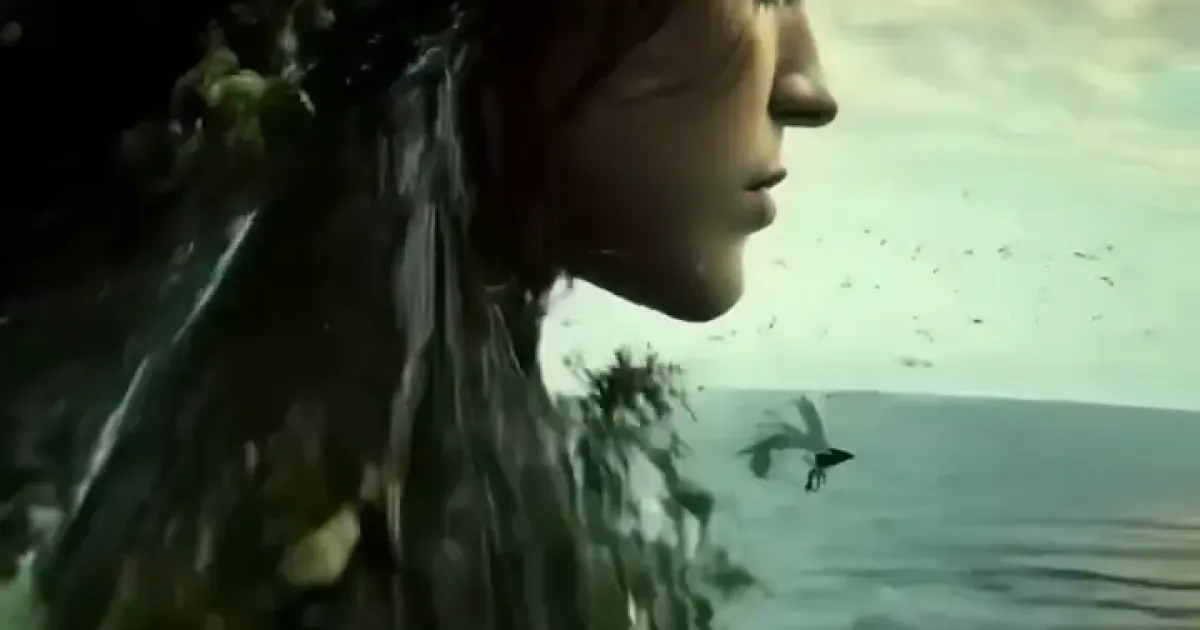
We Are Nature: The Cycle of Life and Our Connection to the Natural World
This video reflects on our deep connection with nature. We are part of it, emerging from the earth and eventually returning to it. The beauty of the life cycle reminds us of the importance of caring for and respecting the natural world, which provides everything we need to live. Let's celebrate and protect our home, the Earth.
#Nature #CycleOfLife #ConnectionWithNature #Sustainability #PlanetEarth #Environment #NaturalLife
Read More...

She's a model
She’s a model
.
.
.
.
#jenniferlopez
#alexandradaddario #AngelinaJolie #MeganFox #margotrobbie
#chrisevans #ChristianBale #AnneHathway #BrieLarson
#ScarlettJohansson #elizabetholsen #JenniferLopez
#JenniferAniston #JenniferLawrence #priyankachopra
#KristenStewart #HaileeSteinfeld #emiliaclarke #galgadot
#wonderwoman #DC #mcu #MeganFox #kyliejenner
#kimkardashian #kendalljenner❤️❤️❤️
Read More...
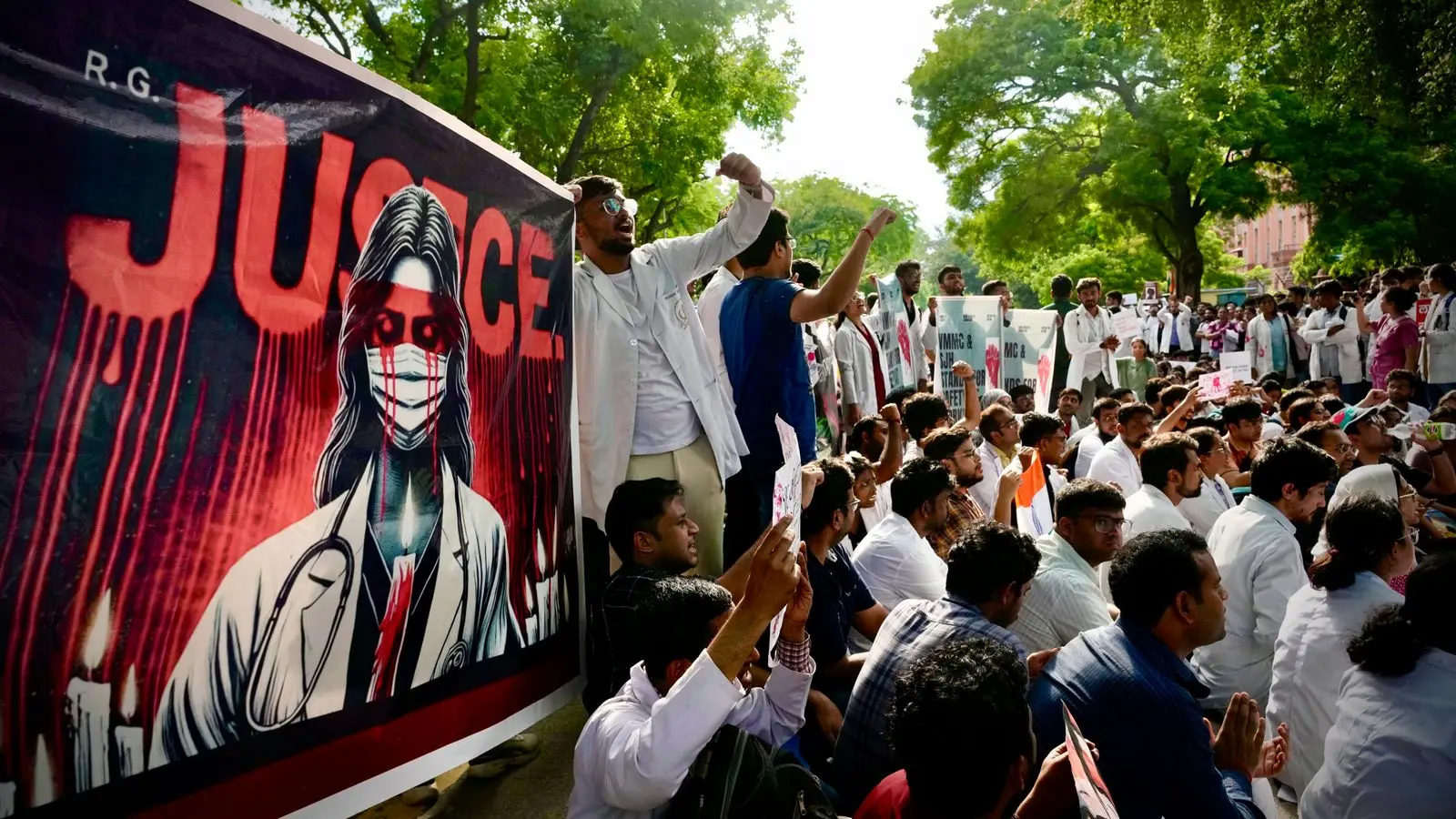
Patients turned away as doctors hold mass strike in India over rape and murder of trainee medic
Sexual violence against women is a widespread problem in India - many crimes are believed to go unreported due to stigma and a lack of faith in police.
Patients are being turned away from hospitals and clinics across India as more than a million doctors are set to join a strike in protest at the rape and murder of a trainee medic.
The 24-hour strike began at 6am local time (1.30am UK time) with non-emergency treatment such as outpatient appointments and elective procedures cancelled, said the Indian Medical Association (IMA).
The mass walkout paralysed hospitals as staff from medical colleges were drafted in to help with emergency cases.
The strike was triggered by the killing of a 31-year-old trainee doctor, whose body was found on 9 August at the college where she worked in Kolkata.
A police volunteer was arrested but the victim's family believe it was a gang rape and that more people were involved.
The case has drawn comparisons with the notorious rape and murder of a student on a bus in New Delhi in 2012.
People demonstrated near parliament in the capital on Friday - as well as cities including Kolkata, Hyderabad and Mumbai - calling for tougher sentences and guarantees of safety for doctors.
The facility where the doctor was killed, the state-run RG Kar Medical College and Hospital, was attacked on Wednesday.
"Doctors, especially women are vulnerable to violence because of the nature of the profession," said the IMA in a statement on X.
"It is for the authorities to provide for the safety of doctors inside hospitals and campuses."
Sexual violence against women and girls is a widespread problem in India with 31,516 reports of rape in 2022 - a 20% increase on 2021, according to the National Crime Records Bureau.
Many are believed to go unreported due to a stigma over sexual assault and a lack of faith in the police.
The medical college case is being handled by India's central bureau of investigation after state government officers were accused of mishandling the case.
Read More...
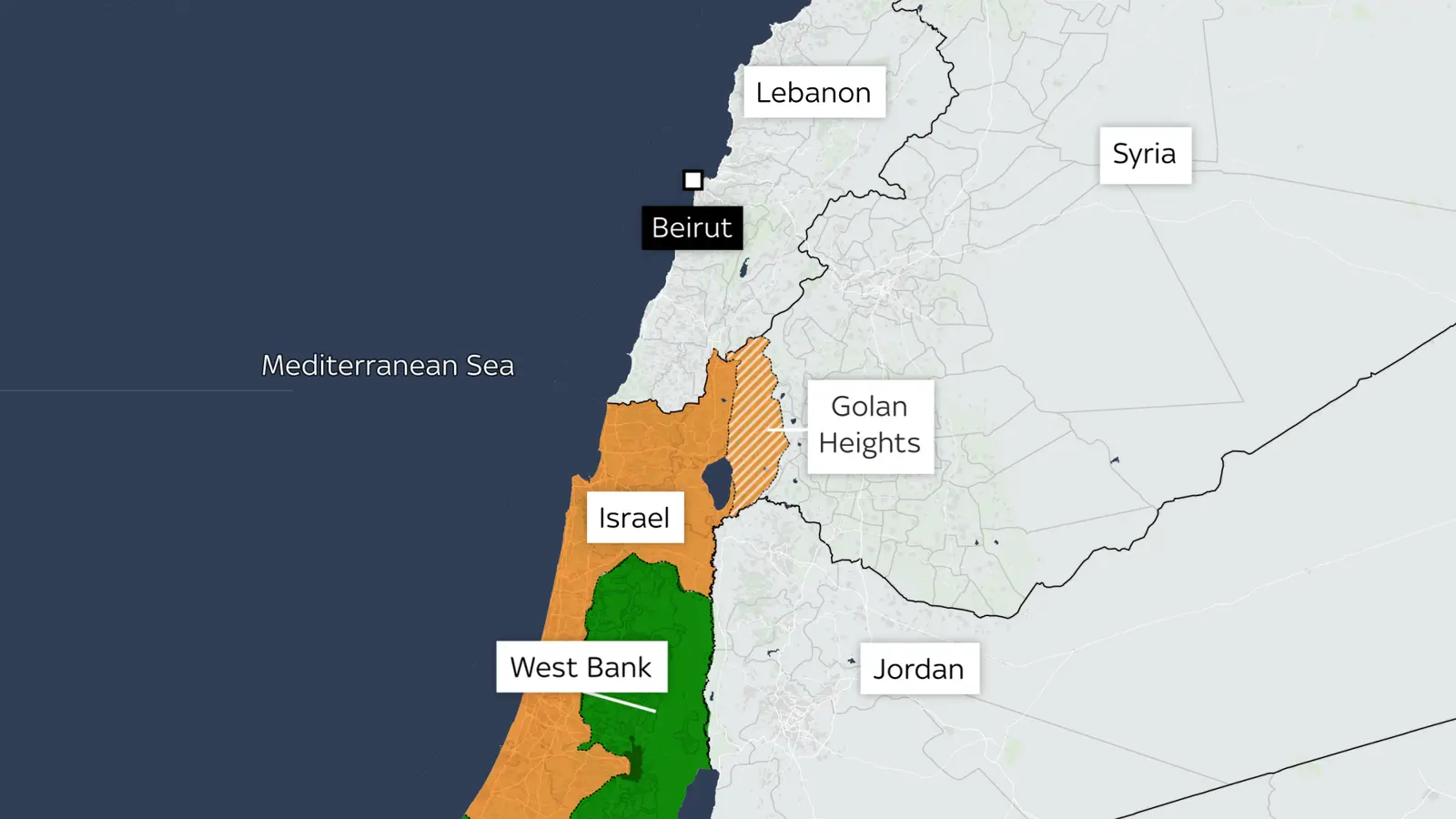
Israel will say it had no choice, but its airstrikes in Lebanon risks igniting a regional war
Israel carried out "pre-emptive" strikes against Hezbollah overnight, while the militant group says it has completed the "first phase" of an attack on 11 Israeli military sites.
This appears to have been a high-stakes Israeli military operation that risked igniting a regional war.
Israel will say it had no choice: One of the pillars of Israeli military doctrine has long been the principle that offence is the best form of defence.
It is not the first time it has used its air force hoping to defang an imminent threat. Israel insists it sent an armada of warplanes to the skies over Lebanon, more than a hundred strong, to stop an 'extensive planned attack involving thousands of rocket launches' about to be let loose by Hezbollah.
Just as Israel launched audacious air attacks obliterating Egyptian leader Gamal Abdel Nasser's air force in 1967 and Saddam Hussein's atomic programme in 1981, Israel says it despatched jets overnight to neutralise Hezbollah.
It is not clear how many enemy drones and missiles were already in the air. Hezbollah claims all 11 of its targets in Israel were hit and it launched 320 Katyusha rockets.
The primary strike it says was aimed at "a qualitative Israeli military target that will be announced later" as well as "enemy sites and barracks and Iron Dome [missile defence] platforms".
Israeli intelligence sources had claimed the airbase used in the strike on Shukr and the headquarters of Unit 8200, the Israeli military intelligence agency, north of Tel Aviv, were on Hezbollah's target list.
Advertisement
Hezbollah meanwhile says Israel's operation failed to pre-empt its long-awaited retaliation and insists it succeeded in striking targets deep within Israel.
Two questions for now: Hezbollah's next move and what this does to efforts to end the war in Gaza.
Will Hezbollah draw a line under the Shukr/Haniyeh affair? The organisation says today's action is over but is more planned in the coming days? All eyes are on its commander Hassan Nasrallah who will address his faithful by video link tonight.
He has not been seen in public since Hezbollah's war with Israel in 2006 for fear of being assassinated by Israeli jets himself.
Hezbollah attacked Israel in the wake of Hamas atrocities on 7 October and has been locked in an almost daily artillery duel with Israel over their border ever since.
Israeli intelligence claims Hezbollah has amassed an arsenal of 150,000 missiles secreted in the hills of southern Lebanon since 2006, 10 times the amount it possessed back then.
It has so far refrained from unleashing that firepower: Analysts believe its paymasters and patrons in Tehran prefer to keep that armoury in reserve as an insurance policy for the day Israel may attack Iran itself, as well as its alleged nuclear programme.
But Israel has been testing that theory for months now, responding with force to Hezbollah's attacks in the north. Each exchange of fire has the potential to escalate the region into a wider war through miscalculation and unintended mass civilian casualties.
So far, events overnight do not seem to have upended the fragile efforts towards a ceasefire in Gaza. Delegations are still on their way to Cairo for the next round of talks. If anything the escalation reemphasises the urgency behind the diplomacy.
But it could also offer the Israelis a distraction, should they want one, from huge pressure from the US to make the concessions required to reach a deal.
Most Israeli observers believe Israel's Prime Minister Benjamin Netanyahu does not want a ceasefire on the terms currently being negotiated for fear it could lead to his coalition government falling apart.
But US, Qatari and Egyptian mediators insist the truce terms are the best and possibly last chance of bringing home Israel's hostages and ending the war.
They also believe a ceasefire in Gaza is the best way of reducing tensions in the north - which have exploded overnight so spectacularly.
Read More...
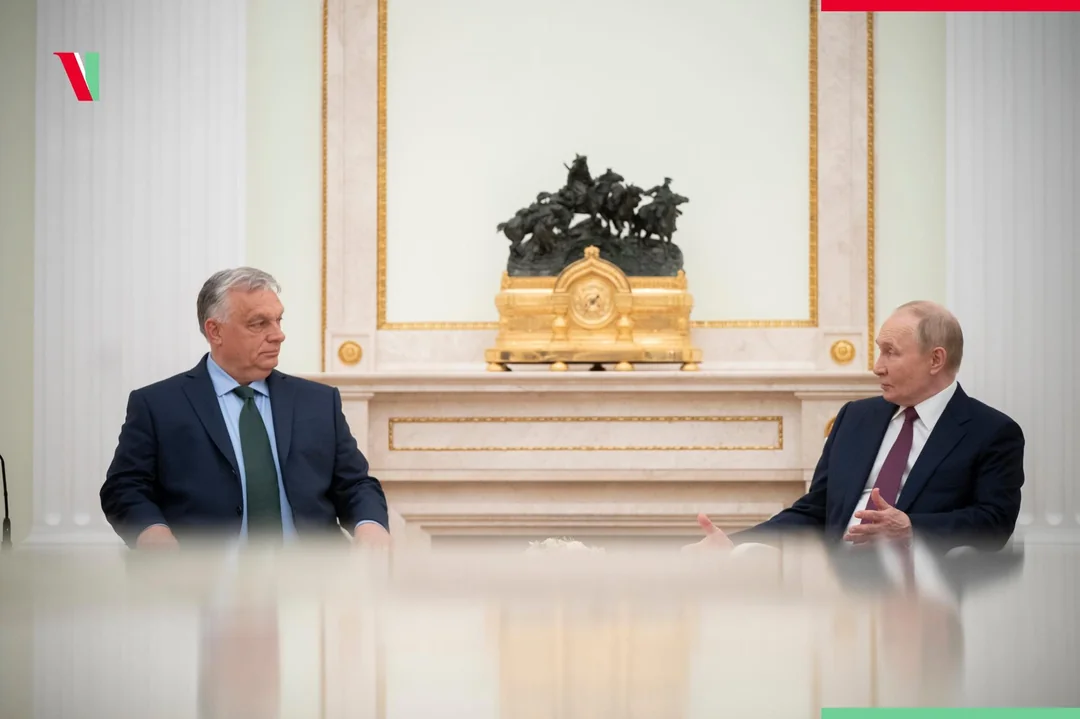
Since the outbreak of the war, Hungarian PM Viktor Orbán has paid Putin more than €15 billion for Russian gas and oil, becoming the biggest financier of the Russian war in the EU.
Since the outbreak of the Russian-Ukrainian war on 24 February 2022, Hungary has purchased gas and oil from Russia for a total of EUR 15.6 billion. According to data from the Centre for Research on Energy and Clean Air, an independent research institute in Finland, this makes the Orbán government the largest EU financier of Putin’s war. According to 444.hu, while many EU countries have drastically reduced their dependence on Russian energy sources, Hungary has taken a different path. Italy reduced its Russian gas imports from 43% in 2020 to 5% in 2024.
Austria announced it had found alternative routes, eliminating its dependence on Russian gas. Moreover, the Czech Republic and Poland had previously declared their independence from Russian gas. In contrast, Hungary has increased its gas imports from Russia to unprecedented levels.
#News #DailyNewsHungary
Read More...
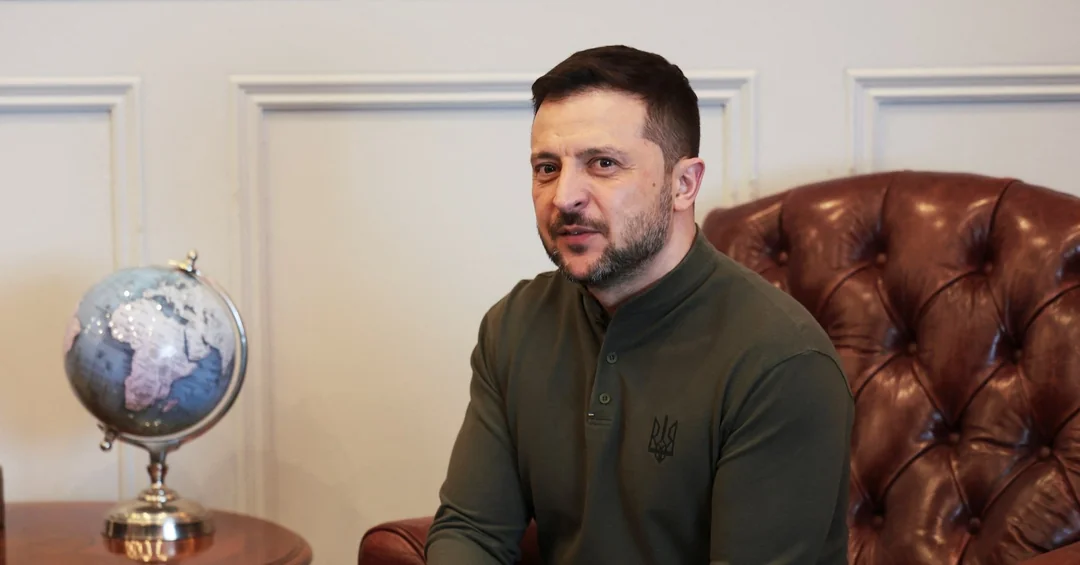
Zelenskiy says Ukraine should be heard, not forgotten
KYIV, March 1 (Reuters) - Ukrainian President Volodymyr Zelenskiy said on Saturday it was "very important" that Ukraine's plight was heard and not forgotten, a day after a heated White House meeting with U.S. President Donald Trump.
"It is very important for us that Ukraine is heard and that no one forgets about it, neither during the war nor after,"
#Reuters #News #Zelenskiy
Read More...
